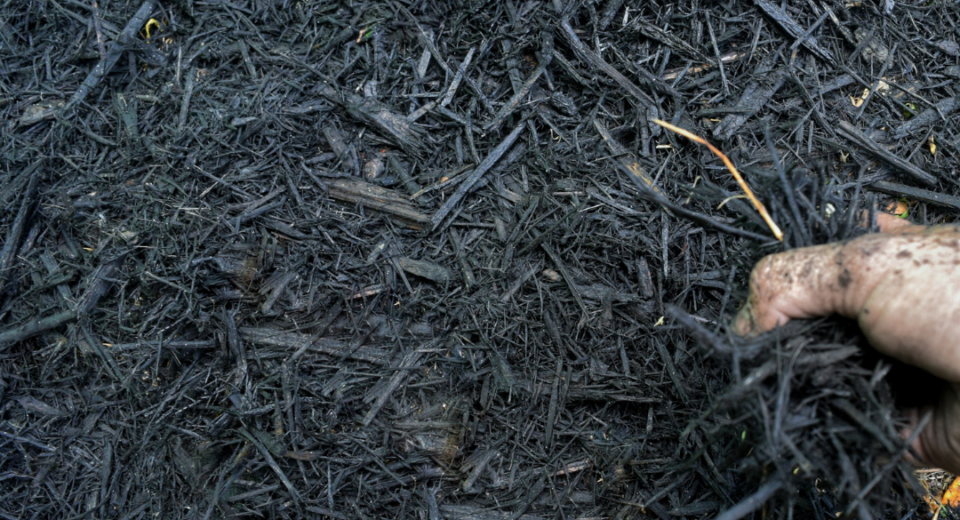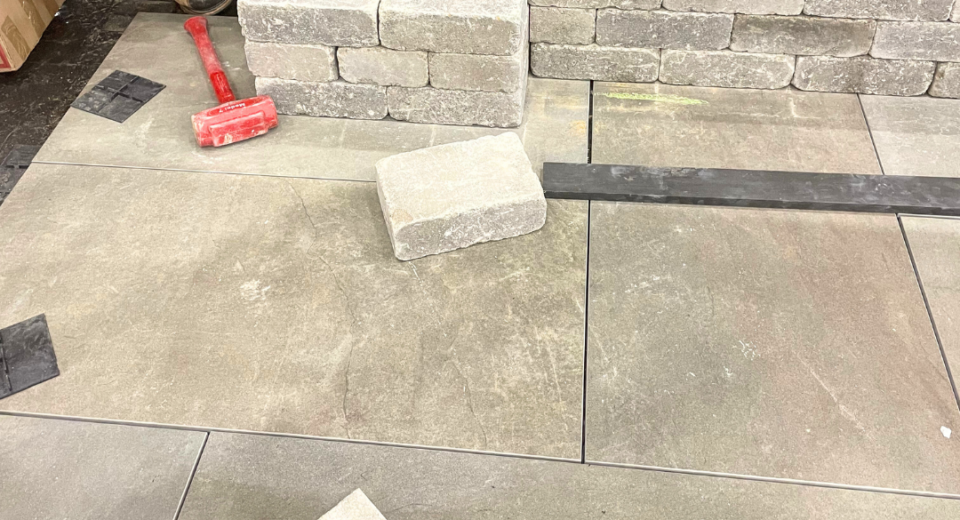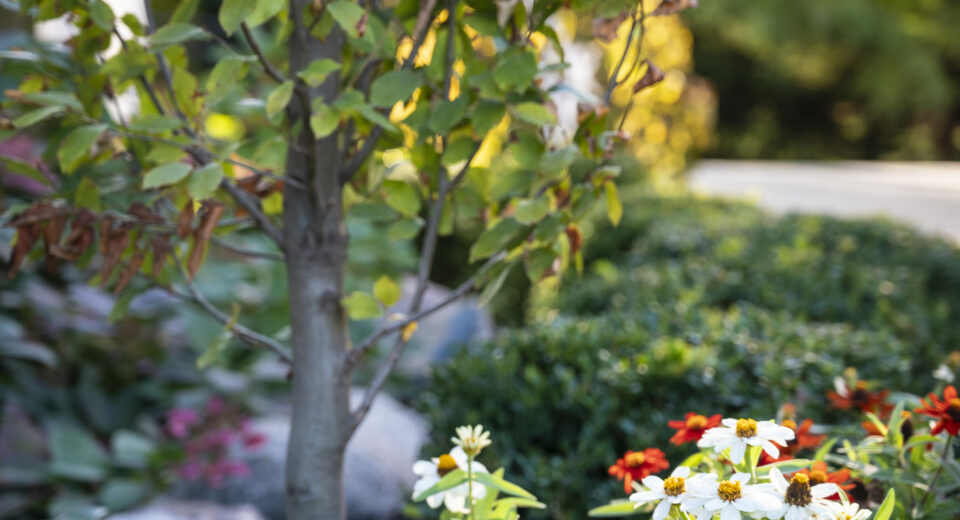Pro Tips for a Beautiful Spring
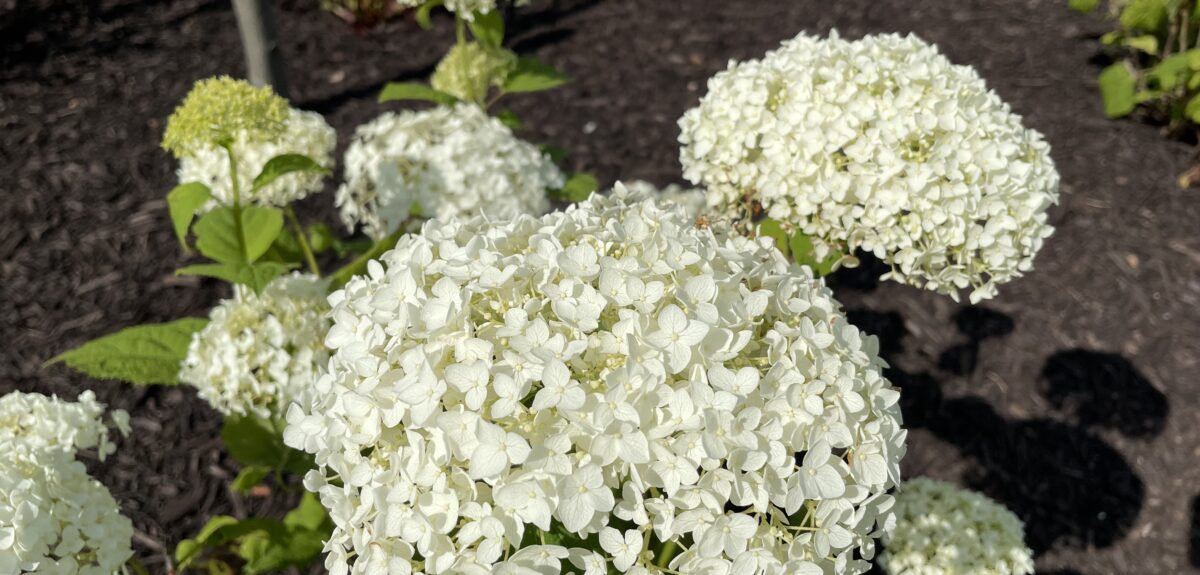
The snow is melting, birds are flying back up north, and the first few tulip and daffodil leaves are sprouting. While it’s uncertain when the warmer weather is officially here to stay in the Midwest, there are a few items to check off your outdoor to-do list as winter turns into spring. Timing is everything to ensure the proper growth of your plants and lawn, and we’re outlining our top tips for a lush and colorful landscape for the seasons ahead!
1. Remove weeds
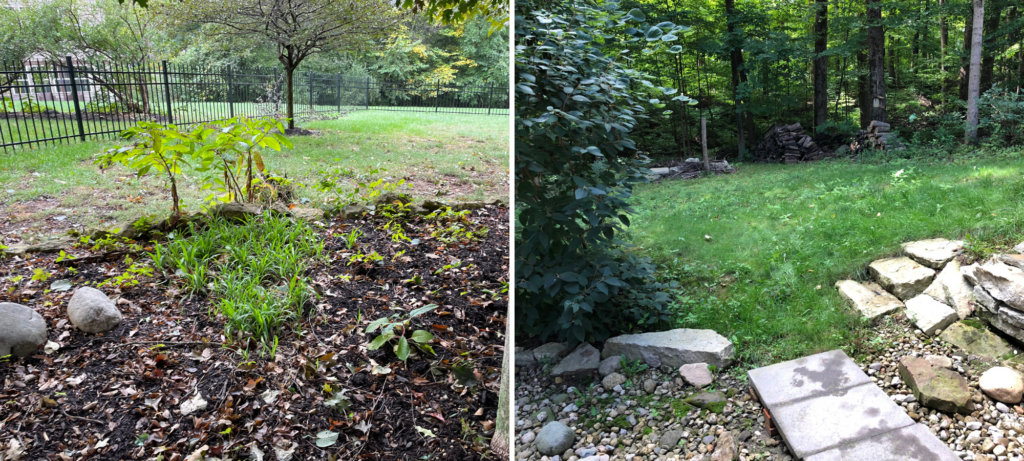
To ensure weeds don’t multiply and spread throughout your landscaping beds, make sure to stay on top of removing them. When pulling weeds, it is vital to remove the full root to keep them from growing back. The easiest time to do this is after a rainfall, when the ground is soft.
2. Keep grass at the proper height
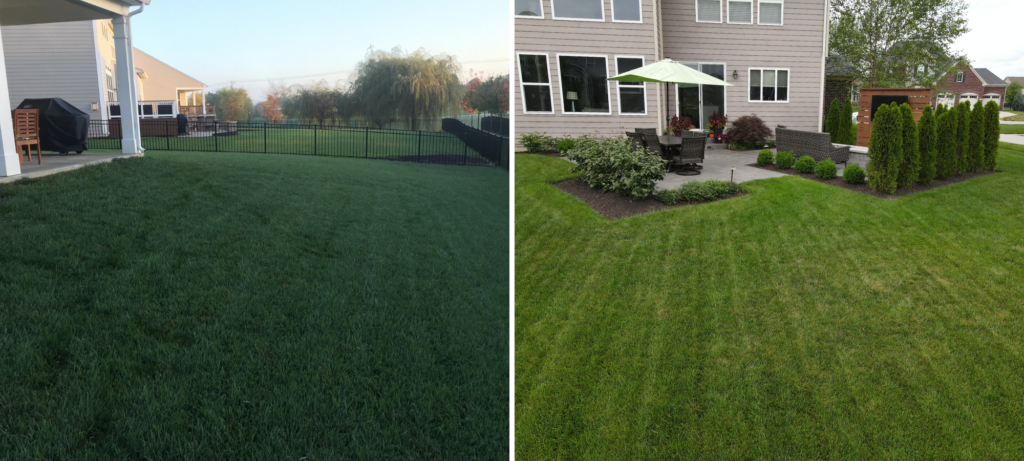
During the spring season, grass is growing quickly, both above and below the ground. We recommend keeping the mower deck at or above 3” through the entire season. Repeatedly cutting grass too short can make deep root growth difficult, because it gets its energy from the leaf. A thick root system will keep out unwanted weeds and other harmful growth, and it will produce a lush, green turf all season long (as long as it’s watered correctly!).
3. Start a fertilization program
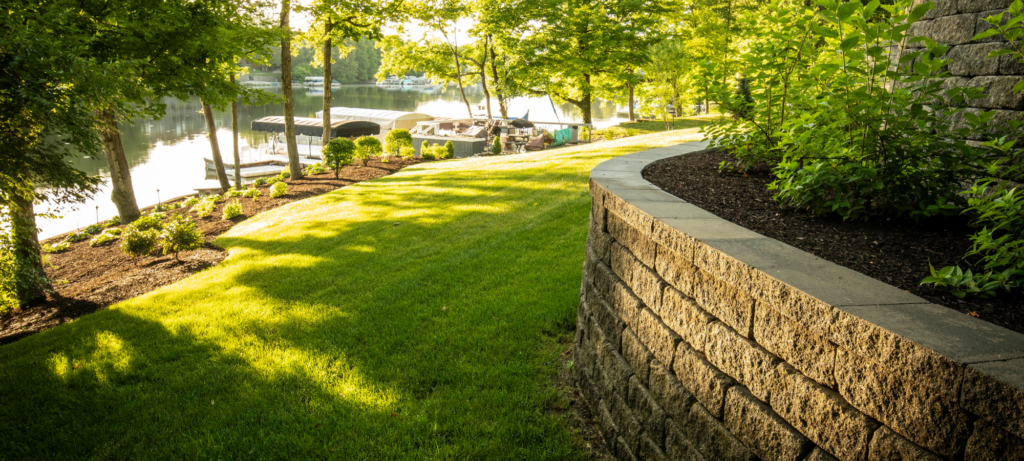
A routine fertilization program for new and existing grass and plants is crucial for a healthy landscape. If given the proper doses of the right nutrients, the landscape will be much more vibrant and will thrive through the hot and dry summer season. But, be careful – do not over-fertilize, because doing so could have the opposite effect and actually reduce the overall health and beauty of the grass or plant.
4. Trim shrubs at the right time
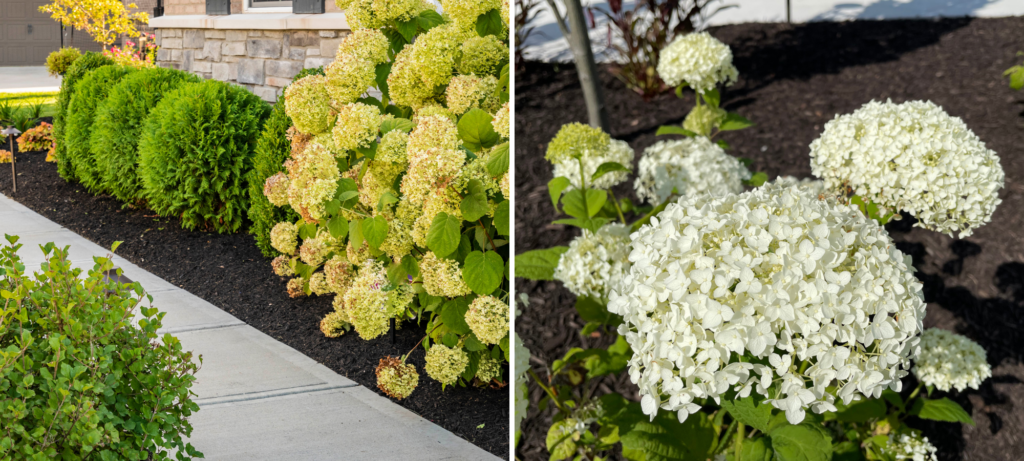
The timing of trimming a shrub can have drastic effects on the overall plant health. While it is tempting to trim in the early spring (especially if a thorough fall clean-up was not conducted on the property), the first trim of the year should be between late spring (lilacs) and early summer (most other shrubbery), depending on the type of plant. When plants, grasses, and shrubs are maintained correctly, they will have more blooms, creating a colorful landscape surrounding the property.
Need help with your spring to-do list? Contact the Pros today to get on our schedule!

